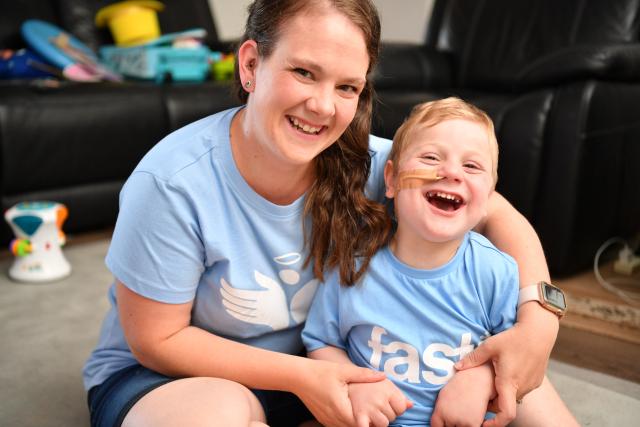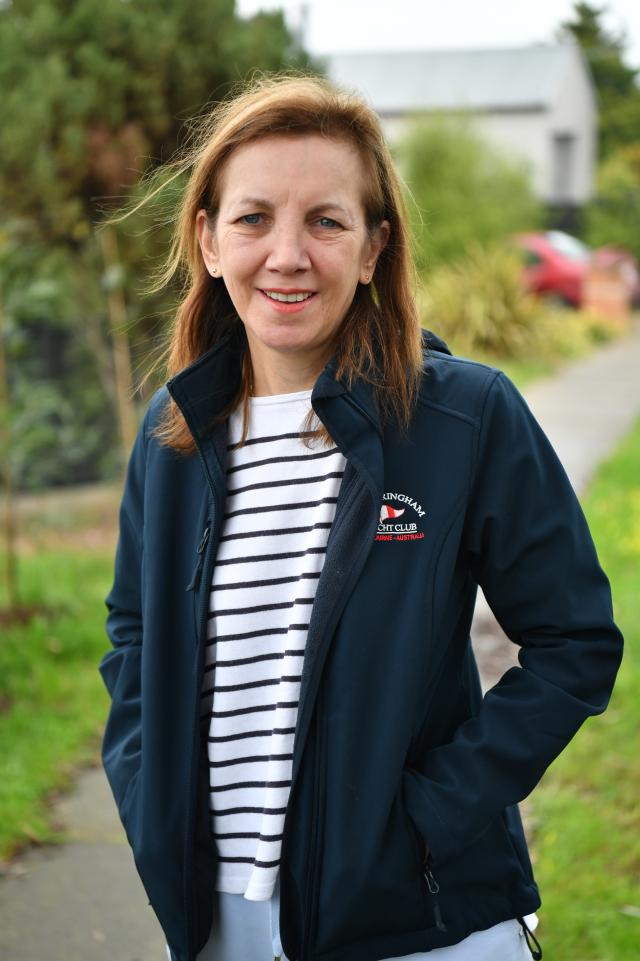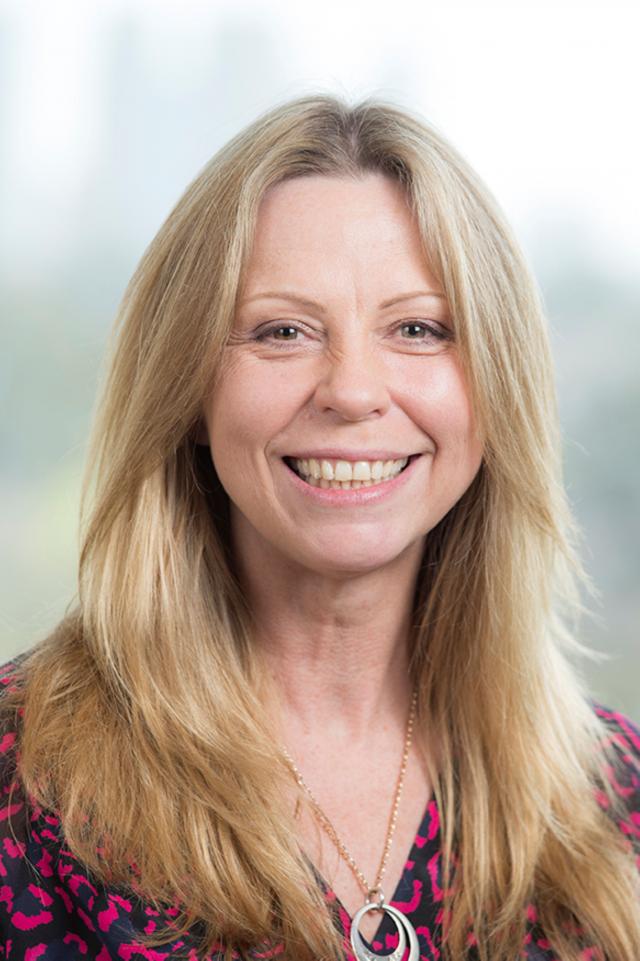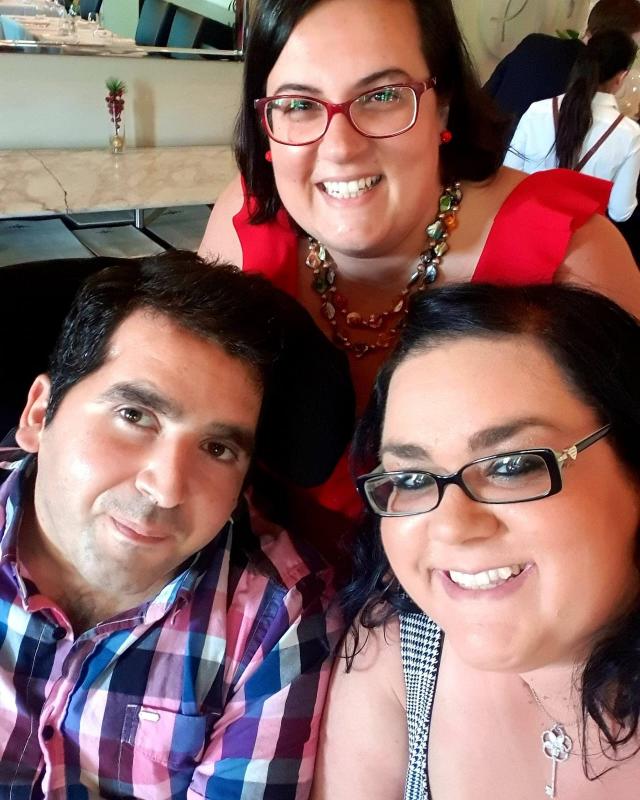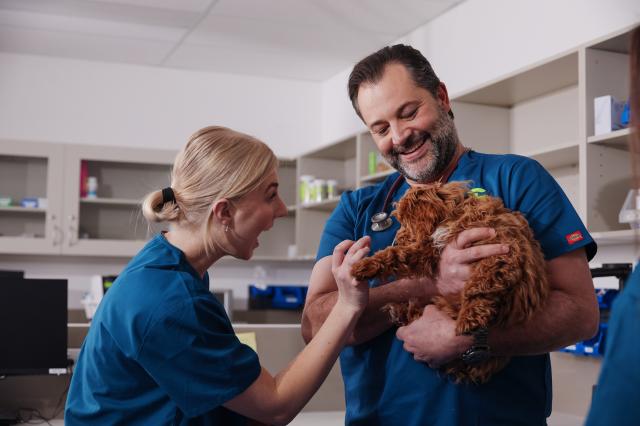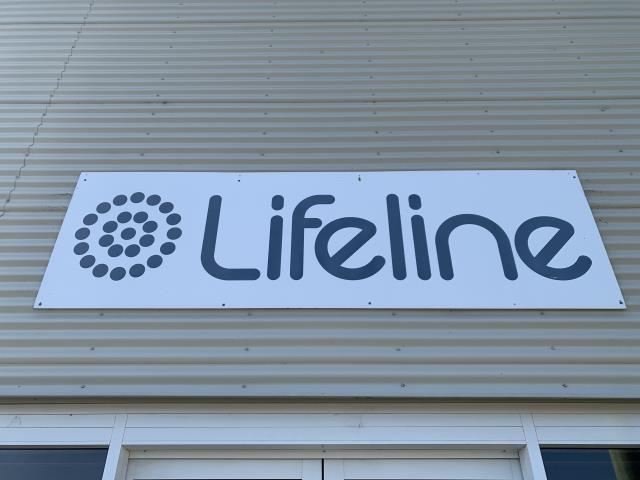More than 7000 rare diseases are currently known by experts worldwide. Fatima Halloum hears the challenges faced by sufferers, their families and professionals whose lives are affected by a rare disease.
Ornithine Transcarbamylase Deficiency
Adele Hegedich wants people to know that for all intents and purposes, her family was completely normal before their lives were turned upside down ten years ago.
“Rare disease can affect anyone at any time. That’s what happened to us,“ she said.
“We didn’t discover it until 2012, when my brother had a hyperammonemic episode.
“As a result of that we were all genetically tested and that’s how we discovered mum and my sister also have it.“
Ornithine Transcarbamylase (OTC) Deficiency is a disorder that affects the liver’s ability to create the enzymes that remove ammonia, more commonly known as waste, resulting in high levels of ammonia remaining in the body.
“It’s something that they were all born with but they were what is known as adult late onset,“ Adele explained.
Because Adele’s family were unaware they carried the illness, doctors initially believed her brother’s episode was drug induced, and by the time he had been diagnosed, the elevated levels of ammonia had caused irreparable damage to his brain.
“It was almost four days before they were able to diagnose it and by then the damage had already been done,“ she said.
“Had we known that my brother was having a hyperammonemic episode, the doctors would have intervened earlier with medication.
“As a result of his episode, he suffered a severe brain injury. He requires 24/7 care, and lives in specialist disability accommodation.“
Adele says that one of the difficulties of the disorder, is how differently it can present between people who have the disease.
“In my brother’s case he was very hyperactive, in my sister’s case, she suffered migraines and low mood, and mum, she’s got no symptoms,“ Adele said.
“People we’ve spoken to are in the same boat, they’ve only discovered it because one person had an episode and the rest of the family had been tested.
“Unfortunately it’s the worst case scenario before people know that they have it.“
Adele and her father were not found to carry the disorder, but she says she definitely believes that they have a responsibility to raise awareness about the life-changing disease.
“Sometimes I think there’s a stigma attached, they’re not bad things, they’re just things we need to understand. It’s making it okay to talk about it rather than there being this negative stigma because it can happen to anyone at any time,“ she said.
Adele’s mother, Nancy, said that as a parent, she feels guilty about what her children have endured.
“At 24 when he got diagnosed, he had a life ahead of him that was exceptional, now his life is changed,“ Nancy said of her son.
Nancy said she hopes people don’t feel frightened, but need to be made aware of the disorder.
“I’ve been to so many doctors and said ‘my son has OTC’ and they look at me like I’ve come from space because they have no idea what they’re dealing with,“ Nancy said.
“There are rare diseases, and people just living in our community have got them.“
Primary Ciliary Dyskinesia
Most 11-year-olds wouldn’t know what Primary Ciliary Dyskinesia is, but when little Catherine Kruljac found out she had it, the Sunbury resident wasn’t surprised.
The now 53-year-old had spent so much of her childhood in and out of hospital, the foreign-sounding words doctors often used were familiar to Catherine.
“I had recurrent chest infections and I had half a lung removed when I was four,” she said.
“It was constant exacerbations and having a cough, coughing up phlegm, which just sounds wonderful, doesn’t it?”
“I knew it was something I was going to have for the rest of my life.”
Despite needing physiotherapy twice a day, requiring the use of a nebuliser to bring up all the phlegm and mucus that Catherine’s lungs couldn’t naturally filter, she still works full time.
“People just think you’re normal, when you do cough people might think you’ve got a really bad cold, or you’ve got COVID so people give you odd looks,” she said.
“You have to explain to them, ‘I’m not infectious, you can’t catch what I’ve got’, not unless genetics can fly out and hit people in the face.”
Ten years ago, during a stay in hospital, Catherine decided she wasn’t seeing the services that herself and other PCD sufferers needed and she became a founding member of PCD Australia.
“I just wanted to have something that people could go to once they’re diagnosed, they know that there are other people out there going through the same thing as them, and they’re not having to walk that path alone,” she said.
“It might not make it any easier, but at least they know they can check in with people or ask somebody something.”
Catherine also hopes to help spread the word about PCD not only amongst the broader community, but medical professionals too.
“There are a lot of people that haven’t been diagnosed that are walking around with a condition that some GPs are not aware of,” she said.
“I came across someone who’s just joined our group and they were forty years old when they found out and he had a lot of questions. He had to rethink everything that he did.“
Angelman Syndrome
Six year-old Elliott is a cheeky, loving boy according to his mother, Chrissy Cimino. Even as a baby she said Elliott was very smiley and easy-going.
“He was known to be the perfect baby. Everyone used to say ‘look how much he smiles’,“ the Wollert mum said.
“Aren’t babies meant to cry though?“
By about six months of age, Chrissy said Elliott hadn’t hit his typical milestones. He couldn’t sit up and wasn’t able to hold himself up very well.
“That’s when we started to ask questions. We took him to a paediatrician, who said he was fine he was just a ’happy baby’ but by that time, he was ten months old and still not looking like other kids in my mother’s groups,“ she said.
“We did our own research and stumbled across Angelman Syndrome Association Australia which is the big major support and advocacy group. We watched the information video and we went ’Oh my goodness, Elliot has Angelman Syndrome.“
Elliott is missing a little part of his chromosome 15, which leaves him, and others with Angelman, with physical and intellectual issues, as well as severe epilepsy.
People with the syndrome are also known to have a happy demeanour.
“When he starts giggling, he’s makes you smile, he wins people over pretty quickly,“ Chrissy said.
“He helps you enjoy the finer things in life.“
Chrissy hopes to normalise Angelman, so that it can be diagnosed more quickly in other children in the future.
“It’s all about increasing awareness in the medical field. We were at the child and maternal health nurse quite frequently and they just didn’t know,“ she said.
“And listening to the parent’s concern, the mother’s gut is a strong thing. When we say ’There’s something going on with my child’ to take it seriously.“
Elliott now goes to Glenroy Specialist School, he does occupational therapy and physical therapy and visits the children’s hospital often because of his complex severe epilepsy.
“I feel as though the community has a long way to go when it comes to inclusion, it’s the simple things of accessibility,“ she said.
“Elliott’s now in a wheelchair, we’ve had it since October and I didn’t realise how out of my way I need to go.
“The level of accessibility in our community is rather limited.“
Visual Snow Syndrome
Joanne Fielding doesn’t have a rare disease herself, but much of the associate professor’s time has been dedicated to researching Visual Snow Syndrome.
People with the disorder see static, similar to what you would see on an old TV, flickering tiny dots that fill an individual’s entire visual field.
Through Joanne’s research, 200 people with Visual Snow Syndrome have been tested but she says researchers are still at the beginning of finding out what the disorder is exactly, and how it is caused.
“We see an unusual pattern of responses in people with Visual Snow Syndrome, that you don’t see with anybody else, demonstrating definitively that the brain is abnormal in the sense that there’s a change in function,“ she said.
“It’s that filtering mechanism that’s broken in effect, so the brain isn’t getting rid of what you’re seeing.“
Using a highly advanced 7T MRI scanner, Joanne and a team of researchers have found a signature, a tiny detail that differs between people with the disorder and people without it.
“It was simple changes. If I put up a suddenly appearing object in the visual field, somebody with visual snow responds to it more quickly, which is odd, considering that you’ve got snowy vision,“ she said.
“If I’m asking you to not look at something popping up in your visual field, someone with visual snow has difficulty not looking at it.“
Joanne says people with the disorder have varying levels of discomfort and anxiety about what they’re experiencing, which can be further worsened by a lack of awareness of the disorder by healthcare professionals.
“Some people are very comfortable with it, they’ve had it all their lives and they have a curiosity, for other people it’s incredibly disabling,“ she said.
“You’re being told there’s nothing wrong with you, of course you think you’re going crazy.
“How can you diagnose this thing? You can’t see it, you have a brain scan, you have your eyes tested, normal, normal, normal, so we’re looking for those very subtle changes.
“There have been people that have said ‘this isn’t a thing, stop trying to scare people’ and that’s not what we’re trying to do, we’re trying to educate the medical community to say that if you see someone that’s reporting these symptoms, you reassure them that this is a thing.“
As far as experts are aware, Visual Snow Syndrome won’t result in blindness, but “entirely crucial“ funding needed to continue the research can be difficult to obtain.
“It doesn’t progress, it doesn’t kill you, think about what we’re up against in terms of other diseases,“ she said.
Joanne says the team is always collecting data, and individuals who have the disorder can assist by completing surveys or participating in MRI studies run in Melbourne.
Details: visual.snow@monash.edu

